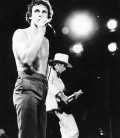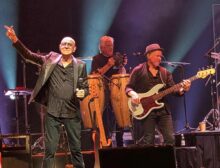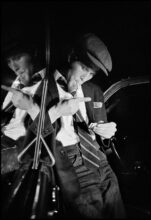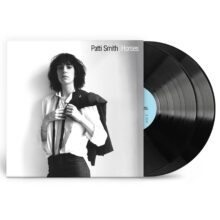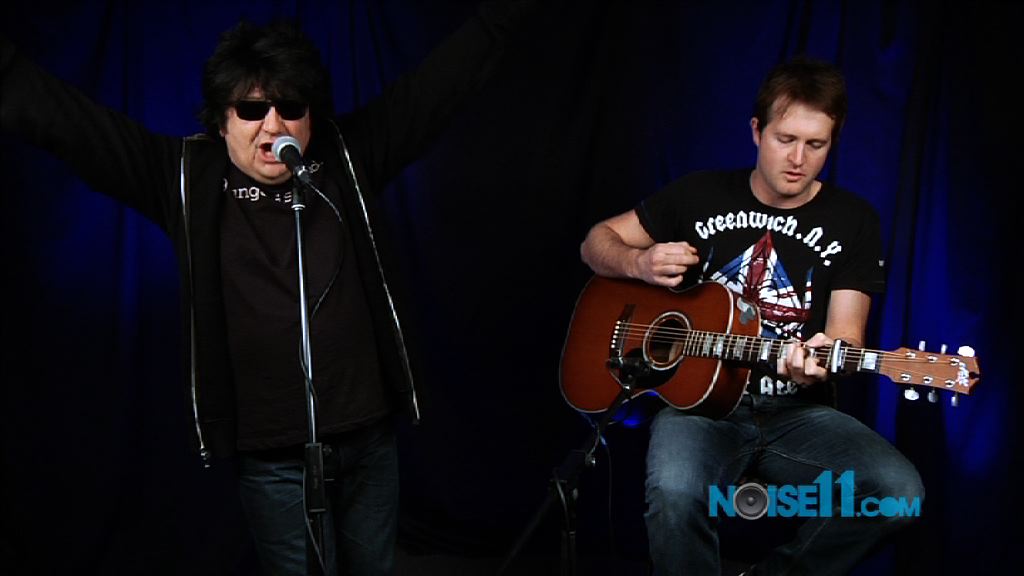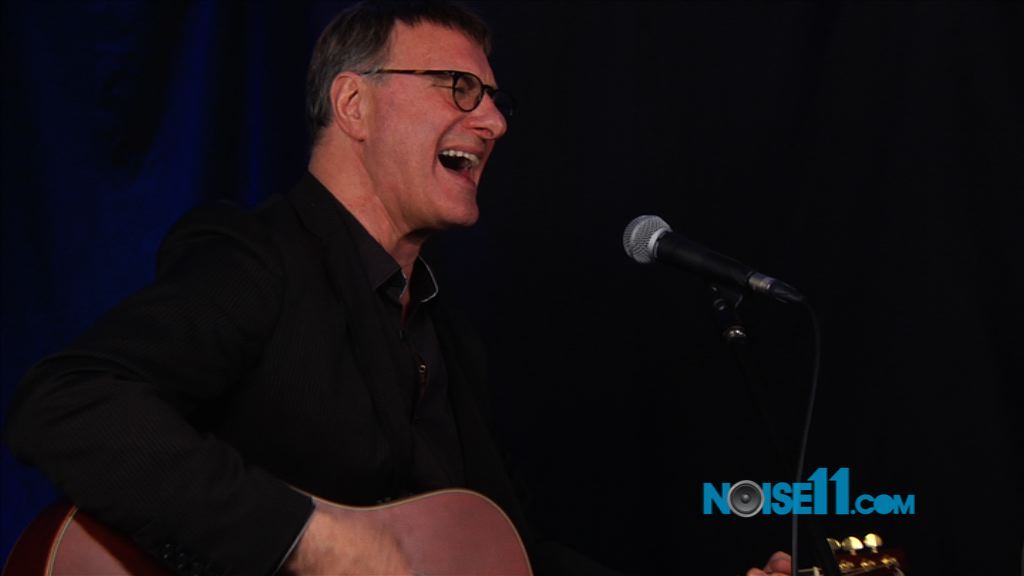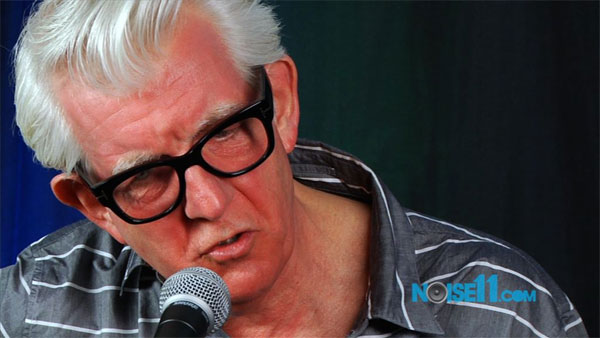On 25 August 1975, Bruce Springsteen released Born To Run, the album that transformed him from a New Jersey barroom songwriter into one of the most important voices in rock history. Fifty years later, the record still stands as a landmark, both for its ambitious sound and for the way it defined Springsteen’s career.
Check out the unreleased song ‘Lonely Night In The Park’:
At the time, Springsteen had two albums to his name: Greetings from Asbury Park, N.J. (1973) and The Wild, the Innocent & the E Street Shuffle (1973). Critics admired them, but sales were modest, and Columbia Records was losing patience. Springsteen was under pressure to deliver a breakthrough or risk his contract. Born To Run became that moment.
The title track was the first song written for the album in early 1974. Springsteen conceived it as a “musical movie,” inspired by Phil Spector’s Wall of Sound, Roy Orbison’s grand ballads, and Chuck Berry’s driving energy. Recording began at 914 Sound Studios before shifting to the Record Plant in New York, where Springsteen and the E Street Band spent more than a year chasing perfection.
Sessions were obsessive. Springsteen demanded dozens of takes, often spending weeks on tiny details. New drummer Max Weinberg was pushed to exhaustion, Clarence Clemons’ saxophone became a focal point, and Roy Bittan’s piano expanded the band’s range. Engineer Jimmy Iovine, still early in his career, worked tirelessly to capture the density of sound Springsteen heard in his head.
The sessions tested everyone’s patience and nearly broke Springsteen, but when the album was finished, it sounded unlike anything else of the era—cinematic, powerful, and unapologetically ambitious.
Born To Run was released on 25 August 1975 and immediately changed Springsteen’s life. It hit No. 3 on the Billboard chart, became his first gold record, and earned glowing reviews. On 27 October, Springsteen appeared on the covers of both Time and Newsweek in the same week, a level of media attention few artists have ever achieved.
The album captured the restlessness of American youth in the mid-70s, mixing hope with desperation. For Columbia Records, it was vindication. For Springsteen, it was survival.
Over the decades, the album has been recognised as one of the greatest in rock history. It is preserved in the Library of Congress, celebrated by the Grammy Hall of Fame, and cited by generations of artists as a benchmark of ambition.
Bruce Springsteen Born To Run Track by Track
Thunder Road
The opener begins with Roy Bittan’s piano and Springsteen’s harmonica, introducing a story of escape and renewal. With the line “it’s a town full of losers, and I’m pulling out of here to win,” it sets the tone for the entire record.
Tenth Avenue Freeze-Out
A brassy, soulful celebration of the E Street Band’s formation, immortalising Clarence Clemons as “the Big Man.” Clemons’ saxophone drives the song, making it one of Springsteen’s most joyful recordings.
Night
An urgent rocker about working-class exhaustion and fleeting release after hours. Weinberg’s drumming and Garry Tallent’s bass push the song with relentless energy.
Backstreets
A ballad of friendship, betrayal, and loss. It starts quietly before building into one of Springsteen’s most emotional vocal performances, carried by Bittan’s dramatic piano lines.
Born To Run
The centrepiece of the album and Springsteen’s signature song. Its layered production and roaring urgency became an anthem of escape, youth, and longing. Clarence Clemons’ sax and Springsteen’s desperate vocal define it as one of rock’s great recordings.
She’s the One
Built on a Bo Diddley beat, the track mixes lust and danger, driven by Clemons’ sax and Danny Federici’s organ. It’s a leaner rocker compared to the grander epics elsewhere on the album.
Meeting Across the River
A moody, jazz-shaded tale of a small-time hustler with one last chance. Featuring Randy Brecker’s trumpet, it feels like a film noir scene, bridging the album’s rock tracks with its epic finale.
Jungleland
The closing nine-and-a-half-minute masterpiece. A sweeping story of street gangs, broken dreams, and doomed love, highlighted by Clarence Clemons’ career-defining saxophone solo. It ends the album with both grandeur and heartbreak.
Legacy After 50 Years
Half a century on, Born To Run remains a cultural milestone. Its themes—freedom, struggle, escape, and resilience—still resonate. The album made Springsteen not just a rock star, but a chronicler of American life. Without it, his career might have ended after two little-heard albums. Instead, it launched a body of work that would include Darkness on the Edge of Town, The River, Born in the U.S.A., and beyond.
For fans, Born To Run is more than music. It is a statement of defiance, a promise of hope, and a soundtrack to chasing dreams. Fifty years later, the highway it opened for Bruce Springsteen shows no sign of closing.
Stay updated with your free Noise11.com daily music news email alert. Subscribe to Noise11 Music News here
Be the first to see NOISE11.com’s newest interviews and special features on YOUTUBE and updated regularly. See things first SUBSCRIBE here: Noise11 on YouTube SUBSCRIBE
Noise11.com
Follow us at https://bsky.app/profile/noise11.bsky.social
Noise11 on Instagram
Comment on the news of the day, join Noise11 on Facebook


